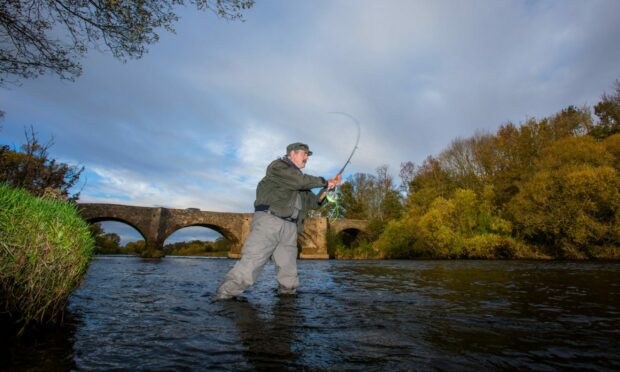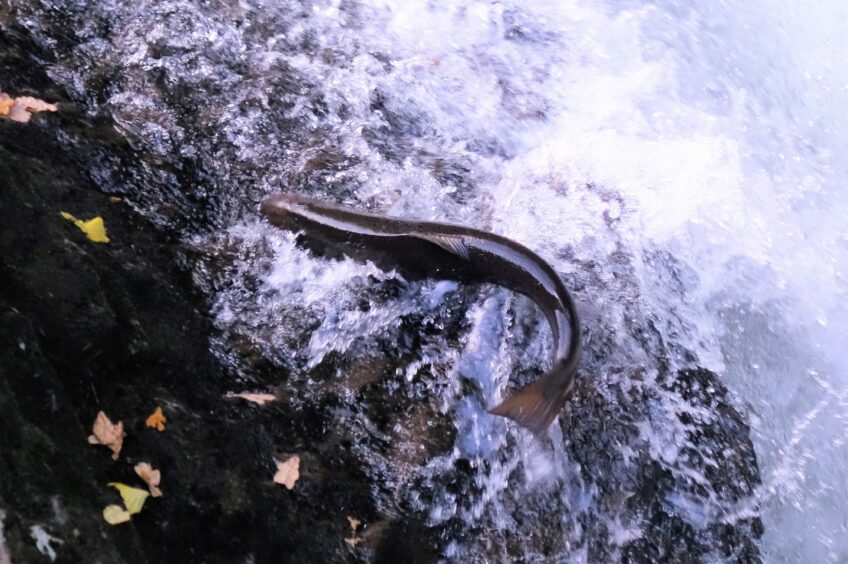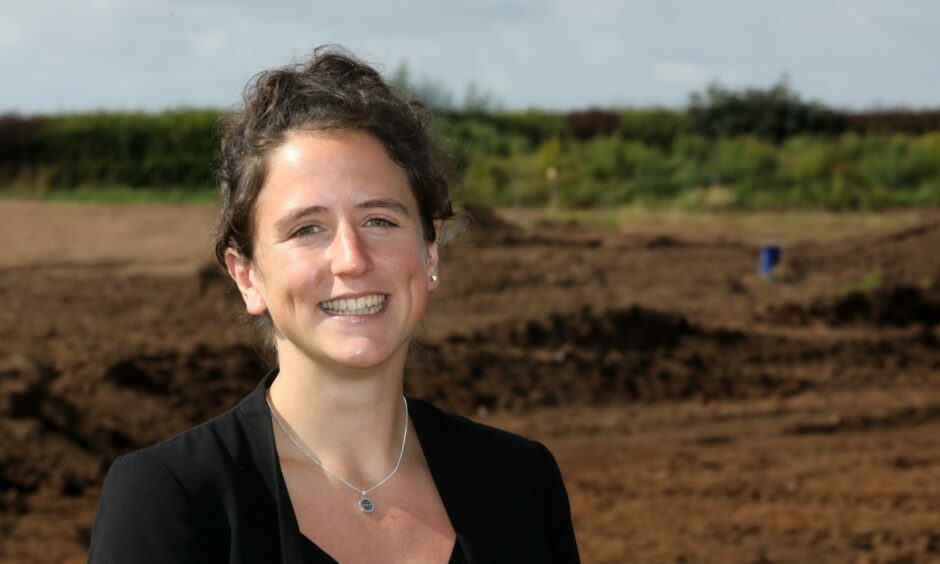Scottish Government marine experts have outlined plans to save the nation’s struggling salmon population.
Salmon numbers have plummeted in recent years, with the ‘king of fish’ becoming increasingly rare locally and across Scotland.
The new strategy sets out what is needed to see salmon thrive in Scotland’s rivers, including the iconic Tay, Earn, North and South Esk and others.
If successful, the plan will also lead to cleaner waters and less poaching.
It comes at the same time as the start of the River Tay salmon fishing season. The official opening ceremony is being held in Meikleour on Saturday, January 15.
How can salmon bounce back?
The government report outlines five key action points that experts hope will increase salmon population numbers.
They include:
- Improving water quality in rivers
- Deterring poachers
- Better understanding pressures salmon face in marine and coastal environments
- International collaboration, such as with the Faroes Islands and Greenland
- Developing a modern policy framework
The current “presumption against fish farm developments” policy along the north and east coasts will continue.
A forthcoming ‘implementation plan’ will further detail how these goals will be achieved.
Salmon spend up to the first four years of their life in fresh water before migrating to sea.
They will then spend between one and three years there before returning to their birthplace upriver to spawn the next generation.
The amount of salmon returning to Scottish coastal waters has halved since the 1970s.
Since then, numbers have dwindled from an estimated high of 1.2m fish to around 600,000 last year.
The species has protected status.
Why are salmon struggling?
Climate change is one likely culprit, with changing water temperatures affecting behaviour.
Salmon numbers are also prone to predators and human behaviour, such as building weirs.
Anglers along the River Tay recently highlighted their concern over the falling numbers.
‘There remains much we can do’
Mairi Gougeon is rural affairs secretary for the Scottish Government.
She said: “There is now significant evidence showing populations of Atlantic salmon are at crisis point and we must now reinvigorate our collective efforts to ensure a positive future for the species.
“There remains much we can do in our rivers, lochs and coastal waters to build resilience and transform the fortunes of this iconic fish.”
Ms Gougeon pledged to push for “collective action in the international arena”.
“Only by acting together, at home and overseas, can we hope to change the fortunes of this vital species,” she added.












